The primary to secondary transition is a topic of annual angst. For school leaders, teachers, and parents, gaining insight to supporting pupils making the leap to ‘big school’ is a crucial topic.
Much of the research on transition doesn’t offer easy packaged-up approaches. It does pose areas of promise (curriculum continuity when it comes to vocabulary; small interventions to increase belonging etc.) that could be implemented alongside the usual fostering of new friends and comfort in the new (often scary) environment. Every parent and school teacher wants a strong start in secondary school – it can matter a great deal and the impact endures – so allocating effort in this area could prove a best bet.
The following five sources are freely available and help school leaders and teachers to tackle the topic of transition with greater confidence:
Based on some of the best available research, this accessible tool synthesises three key challenges that emerge at the transition: 1) a lack of curriculum continuity; 2) a lack of familiarity with school systems and routines; and 3) issues with developing healthy peer networks. The resource helpfully makes clear that transition is both a pastoral and an academic challenge. It offers a starting point to identify areas with transition to focus our efforts… SEE HERE.
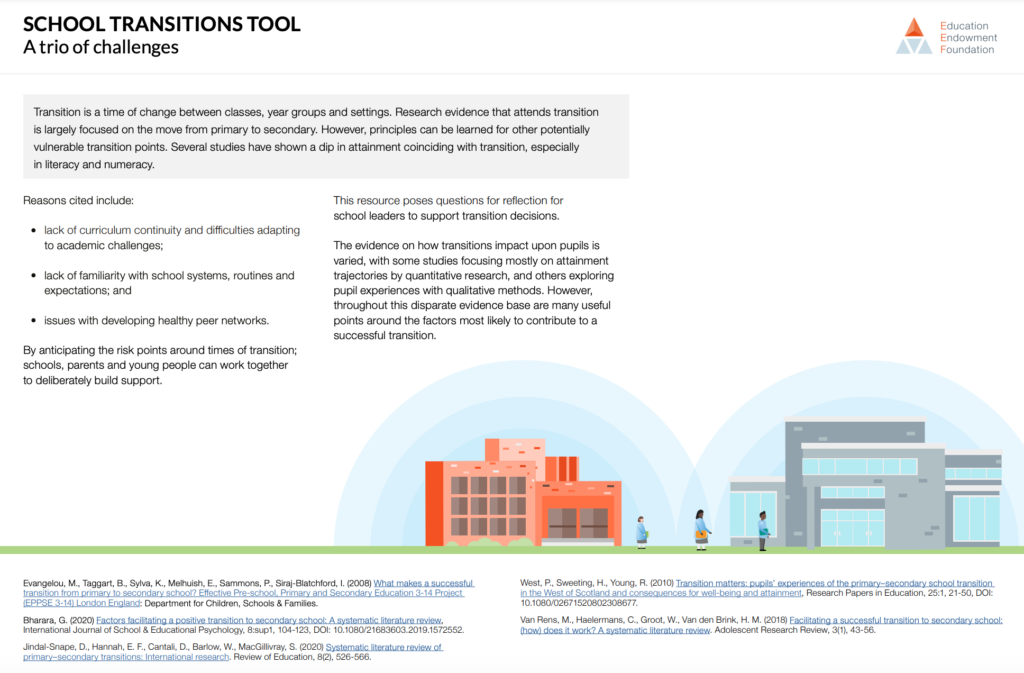
A key issue at the transition is the changing nature of the school curriculum and the academic language it contains. This book freely explains some of the vocabulary challenges faced by pupils in year 6 and then their experience of different, and increasing academic, vocabulary of the secondary school curriculum. The specifics of pupil views, maths and science vocabulary, and more, offer crucial insights…SEE HERE.
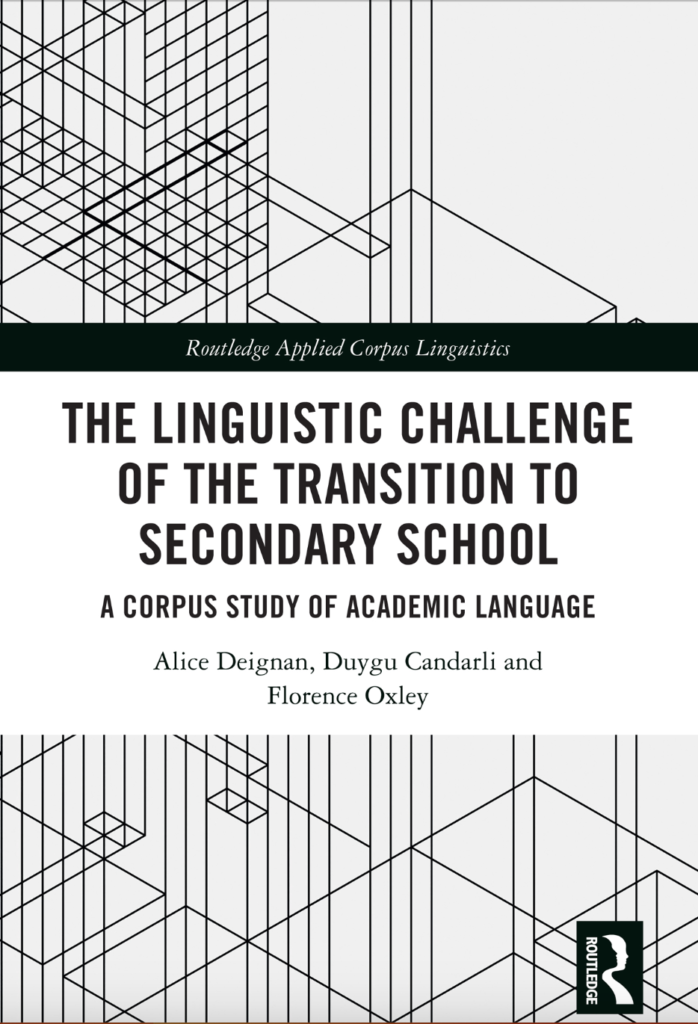
The insights into curriculum continuity at the primary secondary transition extend to reading and vocabulary in this valuable research study. Notions of a ‘summer slump’ did not appear and instead the researchers describe the curriculum ‘jump’ that pupils have to contend with at the transition. In many ways, they are positive findings that teachers can build on, but it does require a sensitive awareness to pupils’ language, the curriculum, and more…SEE HERE.
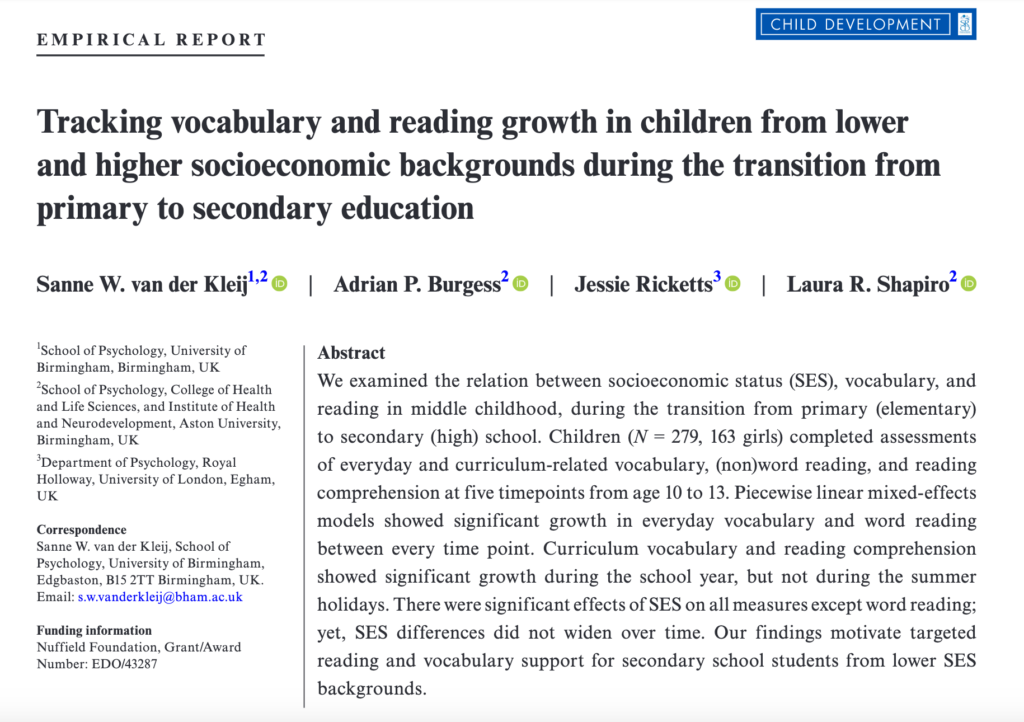
This thorough review of the transition research focuses on the importance of communicating and relationship building with schools, children, and the parents/caregivers. The pastoral focus highlights the importance of effective communications and the exchange of information. Pupils being ‘given a voice’ and families being involved in transition could trigger useful ideas to enhance the transition experience…SEE HERE.
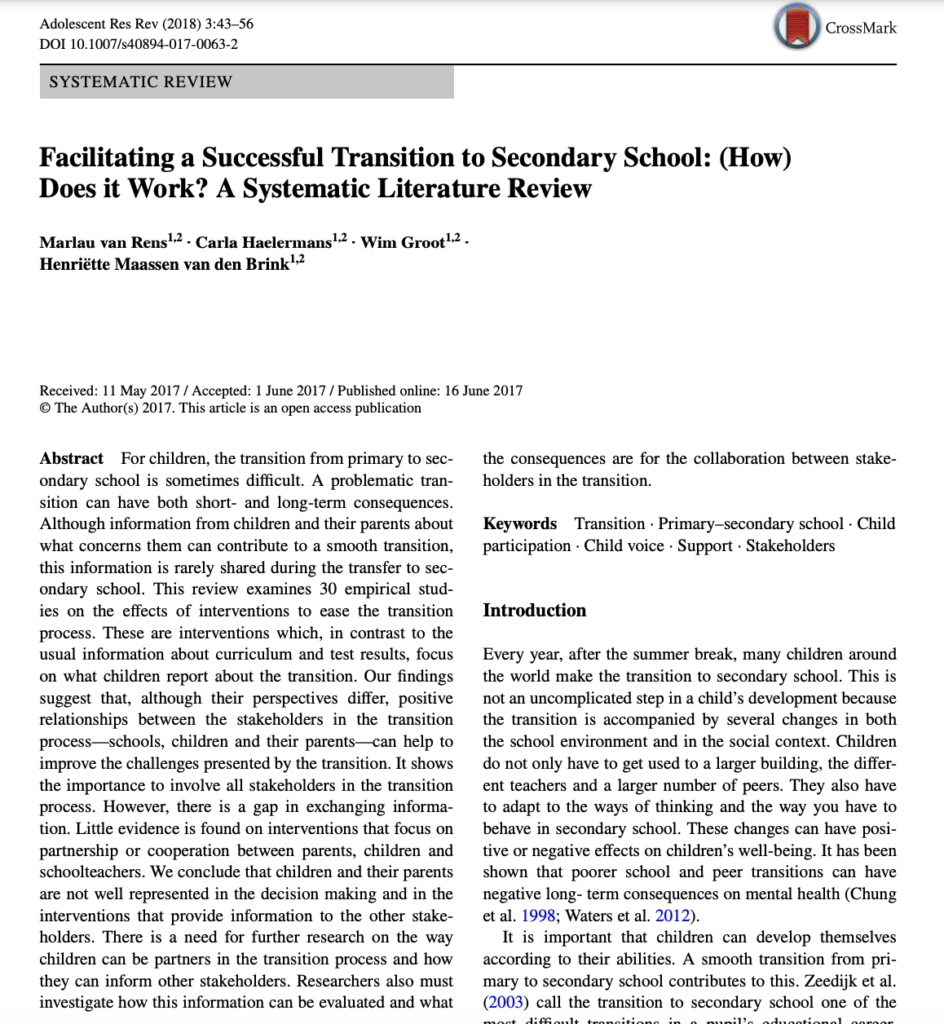
5. ‘Social-Psychological Interventions in Education: They’re Not Magic’, by Yeager and Walton
Though this research isn’t specifically on the challenges of the primary to secondary transition, it does offer some really useful insights into small, manageable approaches schools can undertook to promote belonging and confidence as pupils start secondary school…SEE HERE. Small approaches that can help build confidence are within our grasp, and with careful alignment, could make a small but cumulatively positive difference. [Harry Fletcher-Wood wrote a great blog in 2014 translating these findings into practical approaches for his own pupils – HERE].
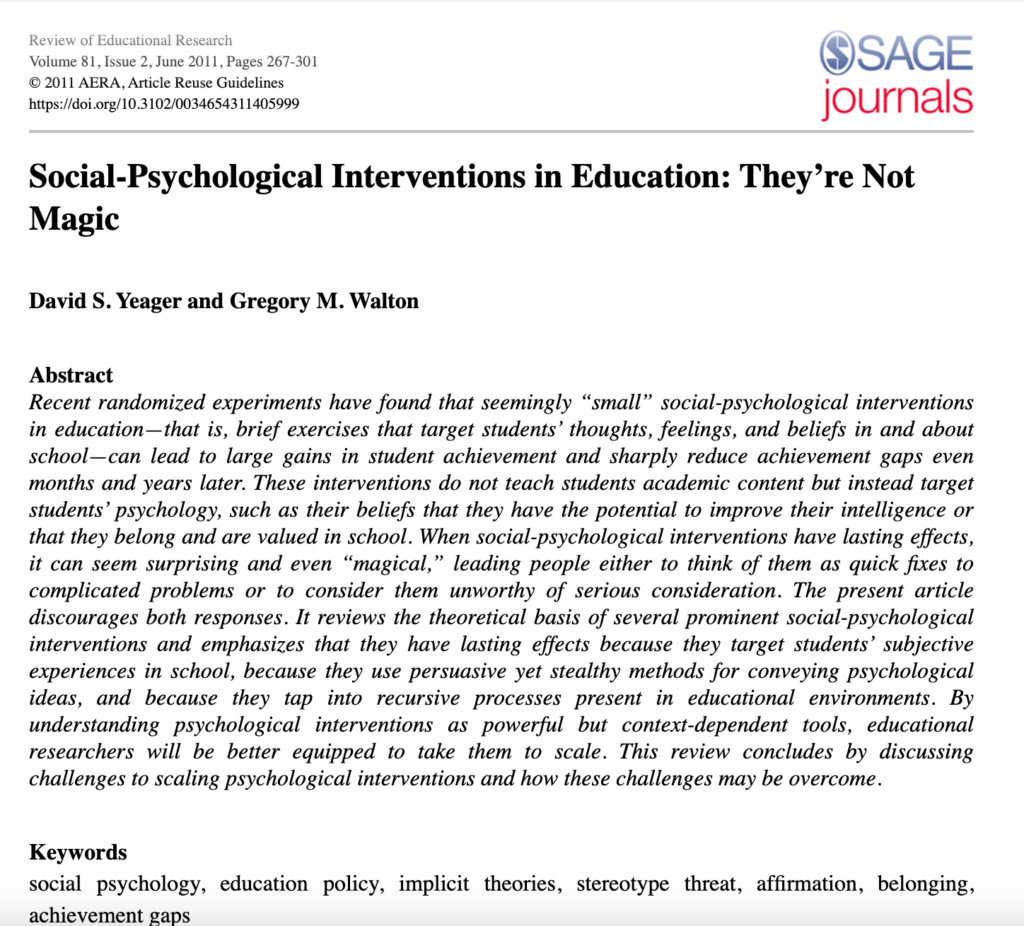
Related Reading:
- ‘Thinking About Transition‘. I’ve attempted to summarise some of the key research in accessible terms HERE.
- ‘The Reading Gap Between Primary and Secondary School‘. I’ve aimed to distil some of the curriculum and reading differences that see reading challenges ramp up the older pupils get – HERE.
- ‘The Language Leap at Transition‘. I’ve narrowed the focus onto the changing language of secondary school and the increased focus on ‘disciplinary literacy‘ HERE.
Image rights – Gordon: https://www.flickr.com/photos/gordon-s/29123332327.
